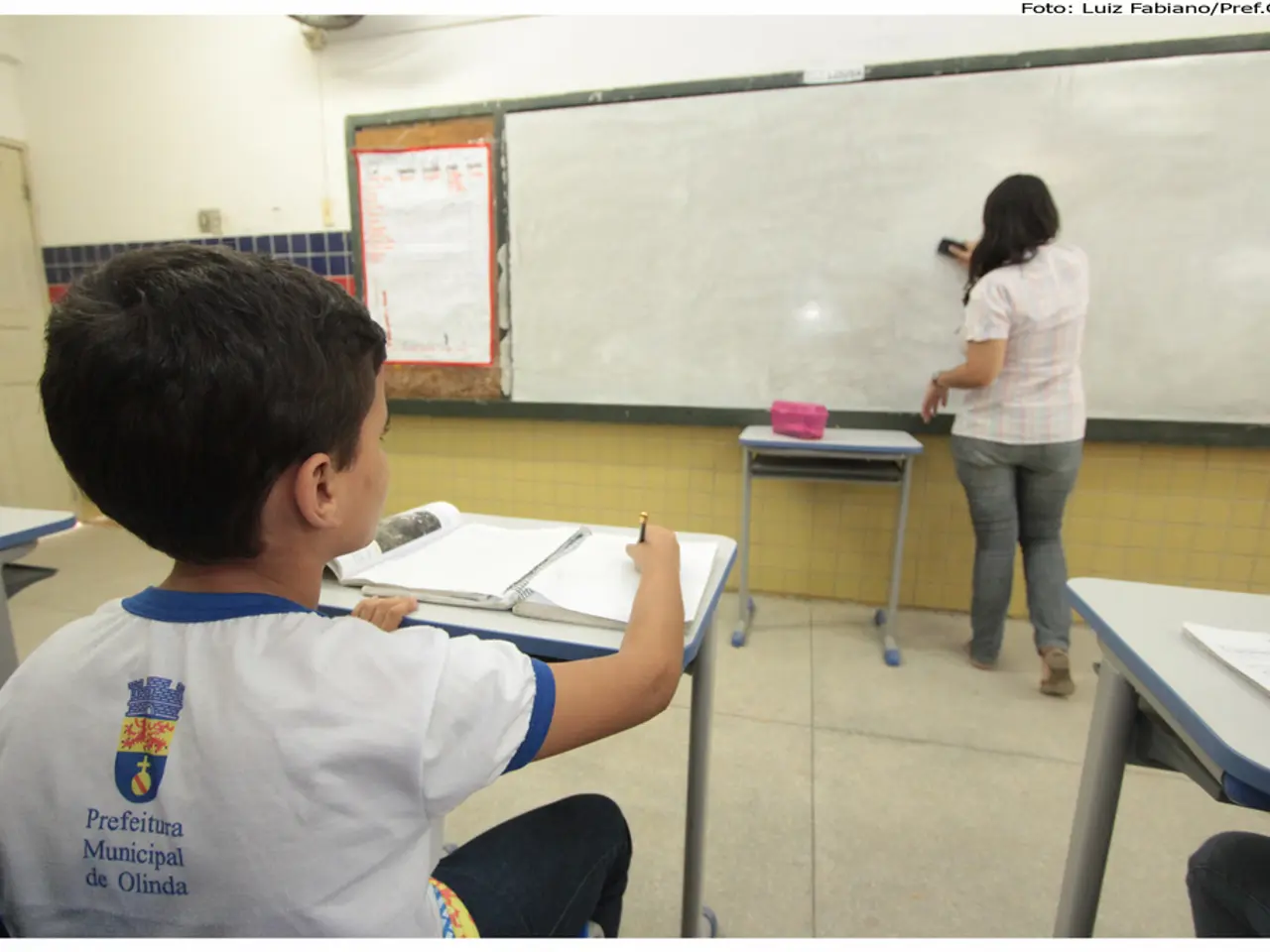Embracing or Shunning AI — a Dilemma to Ponder Over
============================================================
In the modern educational landscape, the integration of Artificial Intelligence (AI) is becoming increasingly prevalent. This shift brings forth a multitude of opportunities, but also presents certain challenges that require careful consideration.
The International Baccalaureate (IB) learner's profile underscores the importance of balancing AI usage, emphasizing its potential to enhance learning experiences while avoiding overreliance on technology. By doing so, we can ensure that AI serves as a tool to better our abilities, rather than replacing creativity and hard work entirely.
One of the key advantages of AI is its 24/7 accessibility, allowing students to prepare for exams and overcome study blocks whenever needed. AI can provide instant answers to questions and explain concepts, making learning more efficient and effective. Furthermore, AI can offer new ideas in education by gathering information from various internet sources, fostering a more comprehensive understanding of subjects.
However, the use of AI carries risks and challenges. Cheating, plagiarism, and the misuse of information are potential negative outcomes that must be addressed. To mitigate these issues, it is crucial to establish clear regulations for AI usage in education. Institutions should communicate AI use policies in syllabi and assignments, specifying where AI assistance is permitted, how to document and attribute AI-generated work, and the responsibilities students have to verify AI content accuracy.
Moreover, educators should encourage students to "domesticate" AI by customizing tools to reflect their own writing style and using multiple AI outputs for synthesis and refinement, cultivating authentic and original work. Additionally, measures such as multiple AI platforms comparison and tailored AI outputs can help reduce plagiarism and unauthorized use.
On a policy level, sustained research-practice partnerships involving educators, researchers, and policymakers are needed to study AI’s actual impact on learning outcomes and inform evidence-based, context-sensitive integration strategies. Federal and institutional guidelines should support responsible AI adoption that aligns with pedagogical goals and promotes academic integrity.
AI-powered platforms, such as virtual tutors, generative AI-driven adaptive learning, and interactive simulations, can be used to tailor content, encourage exploration, and develop critical thinking skills. By leveraging these tools, educators can design complex, engaging learning experiences that use diverse AI sources synergistically, fostering both digital literacy and creative expression.
The benefits of AI in education are undeniable, but it is essential to approach its implementation with caution. Balancing the use of AI is an important aspect to ensure its benefits outweigh its potential negative consequences. As we move forward, it is crucial to continue exploring the best ways to integrate AI into education while maintaining academic integrity and promoting creative, responsible use.
References:
[1] Bailey, J. (2023). AI in Education. [online] Education Next. Available at: https://www.educationnext.org/a-i-in-education-leap-into-new-era-machine-intelligence-carries-risks-challenges-promises/
[2] [3] [4] Information derived from the referenced article.
Artificial Intelligence (AI) is not only making learning more accessible with its 24/7 availability and instant answers, but it can also offer original ideas by gathering diverse information from various internet sources, as seen in the context of educational platforms and virtual tutors. However, to maintain academic integrity and promote creative, responsible use, it's crucial to develop clear regulations for AI usage, communicate AI use policies, and encourage students to "domesticate" AI, tailoring tools to reflect their writing style.




